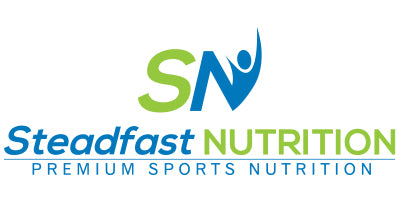This article will help you understand how to read food labels and make better choices as a consumer. There are misleading tricks practised by various food manufacturers to convince people into buying unhealthy and processed food products like:
- Misleading Claims: These are used to catch the consumer’s attention but are just for marketing and to mislead the customers.
- Zero Trans Fat: This means that the product is not trans fat-free but has less than 0.5 g of trans fat/serving.
- Fruit Flavoured: This means that the product is chemically flavoured to taste like that particular fruit but does not contain the actual fruit.
- Gluten-free: This means that the product does not contain barley, rye, wheat or spelt, but can be loaded with sugar or unhealthy fats.
- Fortified: This does not mean that the product is healthy, it just means that some nutrients have been added to the product.
- Whole Grain: Please check the ingredient list of this product and if the whole grain is not present in the first 3 ingredients, then the amount of that whole grain is negligible.
- Low Carb: It is usually used for highly processed junk food items.
- Low Fat: These products usually come with lots of added sugar.
- No Added Sugar: Unhealthy sugar substitutes have been used, or the product is naturally high in sugar.
- Organic: It does not mean that the product is healthy because sugar can be organic, but it is still sugar. Example: Breakfast cereals contain a lot of added sugar, but the manufacturers label them as “whole grain“ which confuses the consumer.
- Ingredient List: The ingredient list is always listed in the descending order i.e. from the highest (most used ingredient) to the lowest (least used ingredient). Avoid purchasing any food product if the first 3 ingredients are refined grains, hydrogenated oils or any type of sugar. Also, avoid highly processed products with an ingredient list longer than 2-3 lines.
- Check for Serving Sizes: Multiply the given serving with the number of consumed serving to have the absolute no. of calories as the manufacturers do not mention the calories of the whole serving. It deceives the consumer into thinking that the product contains less sugar and calories.
- Sugar: It comes with a variety of names, thus the consumer may not be able to recognise the word for sugar and be tricked into buying the product. Example: organic raw sugar, brown sugar, beet sugar, invert sugar, golden syrup, rice bran syrup, oat syrup, agave nectar, honey, molasses, barley malt, glucose, malt powder, galactose, maltodextrin, etc.
Manufacturers use false health claims and trick people into buying unhealthy food products. So it is important to understand and read the food labels in order to make better choices.

